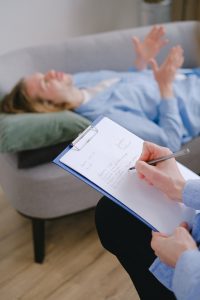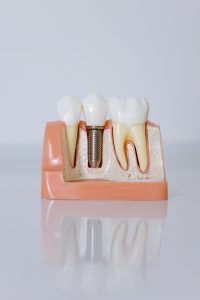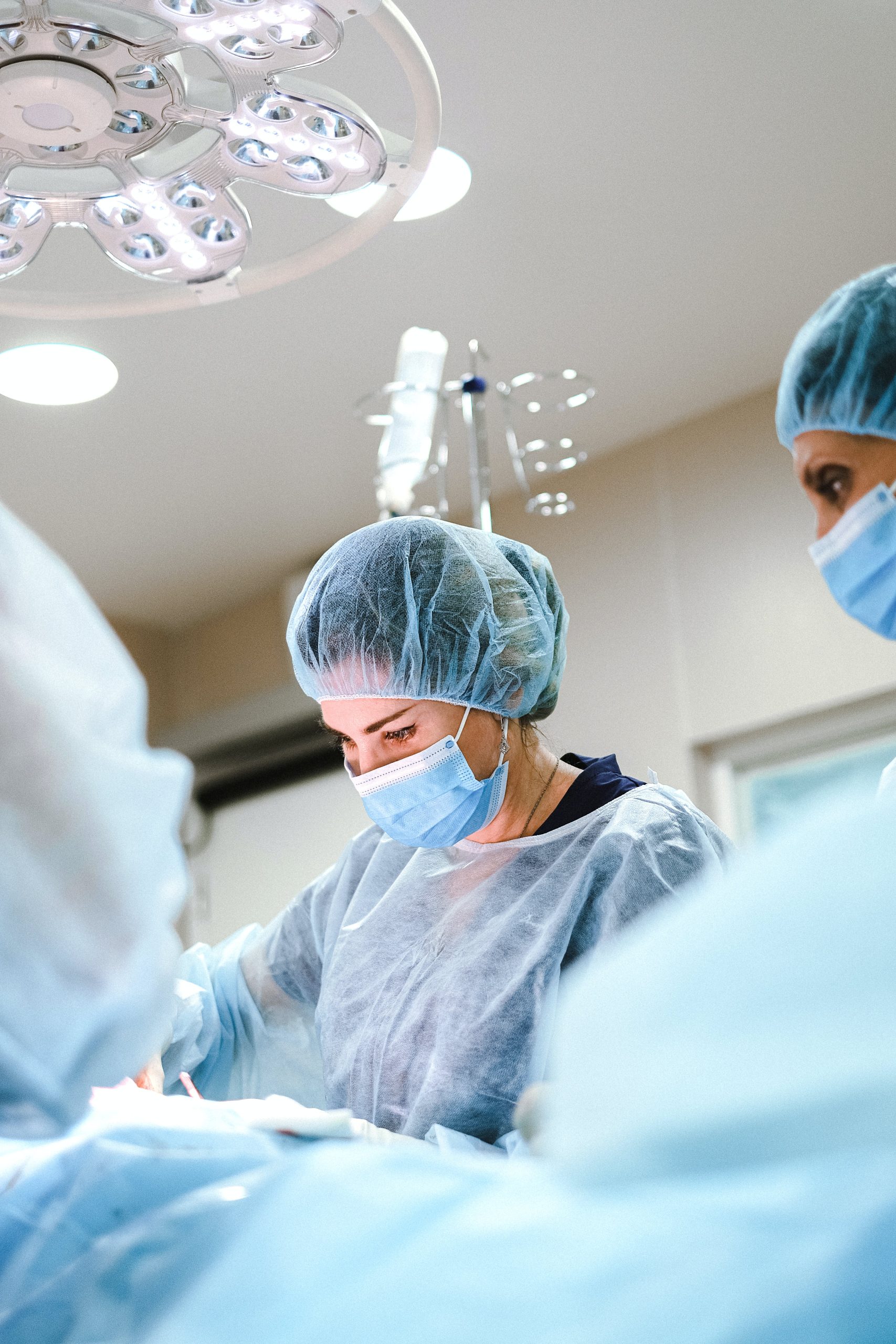Hypoglossal Stimulation Therapy
Unlock the realm of hypoglossal stimulation therapy, a groundbreaking approach to combat obstructive sleep apnea (OSA) and rekindle the joy of uninterrupted sleep. This comprehensive guide will illuminate the essence of hypoglossal stimulation therapy, offering insights into its definition, underlying causes, prevalence, the pivotal role of ENT specialists, available treatment modalities, surgical directives, post-treatment scrutiny, potential surgical hazards, and non-surgical alternatives. Whether you’re seeking answers or aiming to broaden your knowledge in sleep medicine, this resource is your gateway to understanding and addressing sleep apnea.
1. What is Hypoglossal Stimulation Therapy About?

2. What Are the Causes of Sleep Apnea?
Sleep apnea can be attributed to various underlying factors, including :
- Anatomical Factors : Structural issues such as a narrow airway, enlarged tonsils or adenoids, or a retruded chin can elevate the risk of airway blockage.
- Muscle Tone : Reduced muscle tone in the throat and tongue, often linked to aging or alcohol and sedative consumption, contributes to airway collapse.
- Neurological Factors : Conditions affecting the brain’s regulation of breathing, including central sleep apnea (CSA), can lead to sleep apnea.
- Lifestyle Factors : Smoking, alcohol use, and sedative intake can relax airway muscles, heightening susceptibility to sleep apnea.
- Genetics : A familial history of sleep apnea may heighten one’s vulnerability, hinting at a genetic component.

3. How Common is Hypoglossal Stimulation Therapy?
Hypoglossal stimulation therapy, while not as widespread as other sleep apnea treatments like continuous positive airway pressure (CPAP) therapy, has been steadily gaining recognition and popularity in recent years. It is typically recommended for individuals with moderate to severe obstructive sleep apnea who have not responded well to other treatments or cannot tolerate CPAP therapy.
4. What Can an ENT Specialist Do for You?
Ear, Nose, and Throat (ENT) specialists, also known as otolaryngologists, are at the forefront of diagnosing and
managing sleep apnea, including hypoglossal stimulation therapy.
They offer a range of services, including:
ENT specialists conduct exhaustive evaluations, delving into symptoms,
medical history, and physical examinations to secure an accurate diagnosis.
Polysomnography (commonly known as a sleep study) is a diagnostic tool frequently employed to monitor and assess sleep patterns, airflow dynamics, and oxygen saturation levels during sleep.
Based on the diagnosis, ENT specialists craft personalized treatment strategies thatmay encompass lifestyle modifications, medical interventions, surgical procedures, or a blend of these approaches.
5. How Can Hypoglossal Stimulation Therapy Be Treated?
Hypoglossal stimulation therapy involves several key steps :

Evaluation
After a thorough assessment and diagnosis, your ENT specialist will determine if you are a suitable candidate for hypoglossal stimulation therapy.

Implantation
If deemed appropriate, a hypoglossal nerve stimulator device will be surgically implanted beneath the skin of your chest. The device is connected to leads that are carefully threaded to the hypoglossal nerve.

Programming
Following implantation, the device is programmed to monitor your breathing patterns during sleep. Customized settings ensure effective stimulation when airway obstruction is detected.
Surgical Procedure for Hypoglossal Stimulation Therapy
The surgical procedure for hypoglossal stimulation therapy typically entails the following steps :
- Anesthesia : You will be placed under general anesthesia to ensure you are comfortable and pain-free throughout the surgery.
- Incision : Your surgeon will create a small incision in your chest area, usually on the right side, where the device will be implanted.
- Device Placement : The hypoglossal nerve stimulator device, which resembles a pacemaker, is carefully positioned beneath the skin.
- Lead Placement : Thin leads from the device are threaded under the skin, connecting to the hypoglossal nerve.
- Testing : The device is tested to ensure it effectively stimulates the hypoglossal nerve and prevents airway obstruction.
- Closure : The incision is meticulously closed, and sterile dressings are applied to facilitate healing.
6. Guidelines for Surgery
Surgical intervention for hypoglossal stimulation therapy follows these general guidelines:
- Pre-operative Evaluation : A comprehensive assessment, including medical history and physical examination, is conducted to determine candidacy for surgery.
- Surgical Procedure : Implantation of the hypoglossal nerve stimulator device is performed under general anesthesia. The leads are carefully positioned to stimulate the hypoglossal nerve effectively.
- Recovery and Activation : Post-surgery, you will require a recovery period before the device is activated and programmed to your specific needs.
7. Evaluation & Follow Up for Treatment
Regular evaluations and follow-up appointments are essential components of hypoglossal stimulation therapy :
- Assessing Treatment Efficacy : Follow-up evaluations allow healthcare providers to gauge the effectiveness of the therapy and make necessary adjustments to optimize results.
- Monitoring Device Functionality : Periodic assessments ensure that the hypoglossal nerve stimulator continues to function correctly and provide therapeutic benefits.
- Adherence to Treatment : Compliance with therapy and any recommended lifestyle modifications is closely monitored and supported.
8. Risks of Surgery
While hypoglossal stimulation therapy is generally safe, it does carry some inherent surgical risks and potential complications:
- Infection : Surgical sites may become infected, necessitating antibiotic treatment.
- Bleeding : Postoperative bleeding is possible, although relatively uncommon, and may require medical intervention.
- Discomfort and Pain : Pain and discomfort are normal post-surgery and are managed with medication and diligent postoperative care.
- Scarring : Surgical scars may ensue, but their visibility can often be minimized through precise surgical techniques.
- Device-Related Issues : Rarely, issues with the device may arise, requiring adjustments or device replacement.
9. Alternatives to Surgery
For individuals who are not suitable candidates for surgery or prefer non-surgical approaches, several alternative
treatments for sleep apnea exist, including:
- Continuous Positive Airway Pressure (CPAP) Therapy : CPAP therapy involves the use of a device that delivers a continuous stream of air through a mask to keep the airway open during sleep.
- Oral Appliances : These devices, such as mandibular advancement devices (MADs) or tongue retaining devices (TRDs), reposition the lower jaw or tongue to prevent airway collapse.
- Positional Therapy : Techniques or devices are employed to encourage sleeping in positions where airway obstruction is less likely.

Hypoglossal stimulation therapy represents a significant advancement in the management of obstructive sleep apnea, offering renewed hope for restful slumber. Seeking evaluation and guidance from experienced ENT specialists can pave the way for effective treatment and a path towards revitalized sleep. For comprehensive information and insights from leading clinicians in the field of sleep medicine, please visit Nuffield Sleep.
